Blog
Joint Watch: Knee Support in Football, Skiing And Other Winter Sports
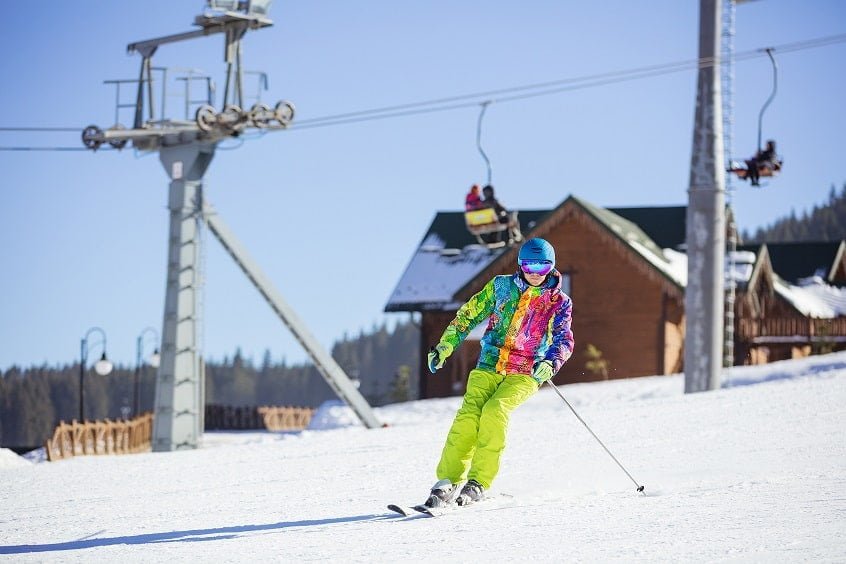
Joint Watch: Knee Support in Football, Skiing And Other Winter Sports
Winter sports can be hard on the joints. Whether you take a fall on hard ground, slip or skid while turning or are simply more susceptible to the cold, the seasonal conditions can play havoc with the body. Knees in particular are vulnerable to damage. Injuries to the anterior cruciate ligament and medial collateral ligament are two of the most common. Both have the potential to end a sporting career or seriously curtail a much-loved hobby. It is vital to wear the right kind of knee support and to take care of knees while training, playing and competing.
Table of Contents
ToggleLook After Your knees While Playing Winter Sports
The good news is that there is much that can be done to prevent knee injuries. If the worst does happen, there are also several knee injury support devices to aid recovery. Compression knee supports help relieve pressure on kneecaps and give weakened joints better stability. This helps stop further injury from happening or the knee mending in the wrong position.
Good compression knee supports are anti-slip, absorb sweet well and are comfortable and easy to wear. Knee braces help with pain relief and injury recovery, covering the whole kneecap and more of the leg above and below the joint. They are usually adjustable for a close, comfortable fit. Finally, knee straps fit just around the kneecap to allow for maximum mobility while still providing essential knee support.
Here is some more specialist knee support advice for three popular winter sports: football, rugby and skiing.
1. Knee Support in Football
Many football players experience nagging pains or twinges in their knees. These can often be precursors to more serious damage and should never be ignored. Football can place a large strain on the knees, due to the movements required and amount of running and kicking that takes place. Knee sprains happen when ligaments are stretched, torn or overused. Always seek medical advice. Most minor sprains can be treated with rest, ice packs and knee support in the first instance.

Watch out, too, for patellofemoral pain, also known as ‘runner’s knee’. This presents as pain at the front of the knee that gets worse during exercise. It can be caused by weakened thigh muscles, displacement of the kneecap or general overuse. Again, ice, rest and knee injury support can help you take care of knees during football training and matches. Another potential injury is torn cartilage, which happens when a sharp twist or turn on the pitch doesn’t go to plan. This can cause swelling, stiffness and pain and can sometimes be helped with a knee support, but may well require surgery in more serious cases.
2. Knee Support in Rugby
Many rugby related knee injuries are similar to those experienced by footballers. These include damage to the anterior cruciate ligament and medial collateral ligament. Such injuries can be helped with the right kind of Rugby knee support, as well as a comprehensive examination by a medical joint specialist, ice and rest. Cartilage damage is also common, due to the twists and turns and scrum movements that are required of the players.

Another rugby knee injury that is often seen is a meniscal tear. The meniscus is a cushioning disc around the kneecap that protects the joint against stress as you walk. It can be torn or damaged by being twisted or by the impact felt when a foot is placed down on the ground too heavily. As well as tears, small pieces can become dislodged and trapped in the space where the knee moves. This will require surgery to correct. Follow all rehabilitation instructions to return safely to training when ready.
3. Knee Support in Skiing
Finally, winter just isn’t winter for many without the annual skiing trip. Both skiing and snowboarding carry an increased risk of injuries, especially to the knees as they take on much of the physical impact of both winter sports. Around one-third of all skiing and snowboarding injuries involve the knees. Once again, the anterior cruciate ligament and medial collateral ligament are often affected, with tearing, damage and swelling all causing pain, swelling and other adverse symptoms.

The type of ligament tear that can happen depends partly on the position in which you move your skis. A medial collateral ligament injury is more likely with the skis pointing inwards towards each other, as the knees twist in a certain direction to achieve this. To stay safer on the pistes and runs this winter, always follow your ski instructor’s directions and avoid going on runs that are beyond your abilities.
Wear good joint protection, including compression knee supports and check all your equipment thoroughly before each skiing session. Stop for a rest when you feel tired to allow your energy to return. Don’t return to skiing too quickly after an injury. Follow the advice of your doctor, surgeon or medical expert.
Social Share
More Posts
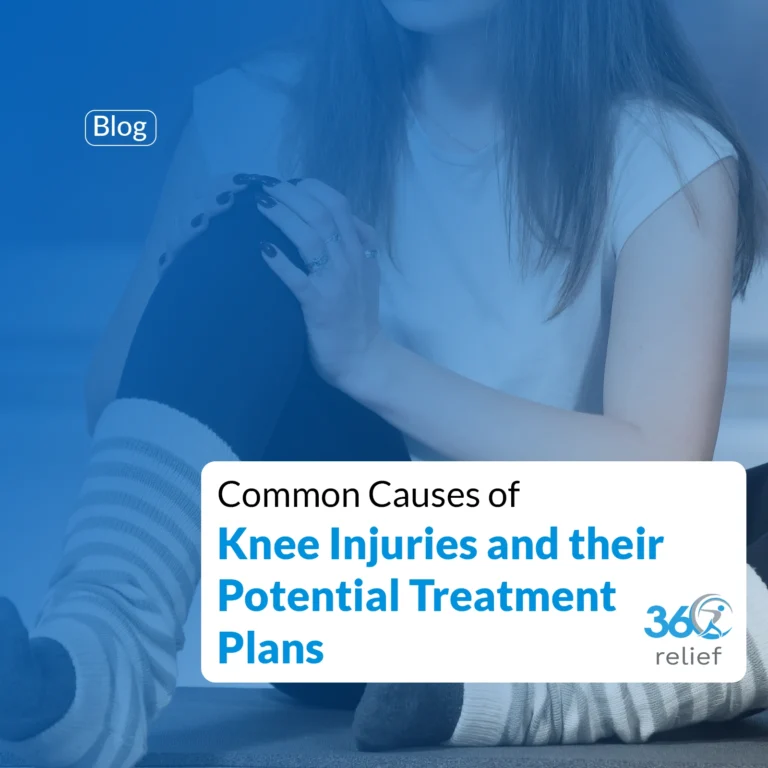
Common Causes of Knee Injuries and their Potential Treatment Plans
Knee Injuries: Overview The knee joint is considered one of the complex and largest joints in the body. It is

What is the Fastest way to Heal a Dislocated Knee?
A dislocated knee is relatively an uncommon injury. Ligaments connect the bones of the knee, which will result in a

Wake Up Refreshed: The Science-Backed Benefits of Eye Masks
Sleep is something we all know we need, yet many of us don’t get enough of it. Whether it’s the
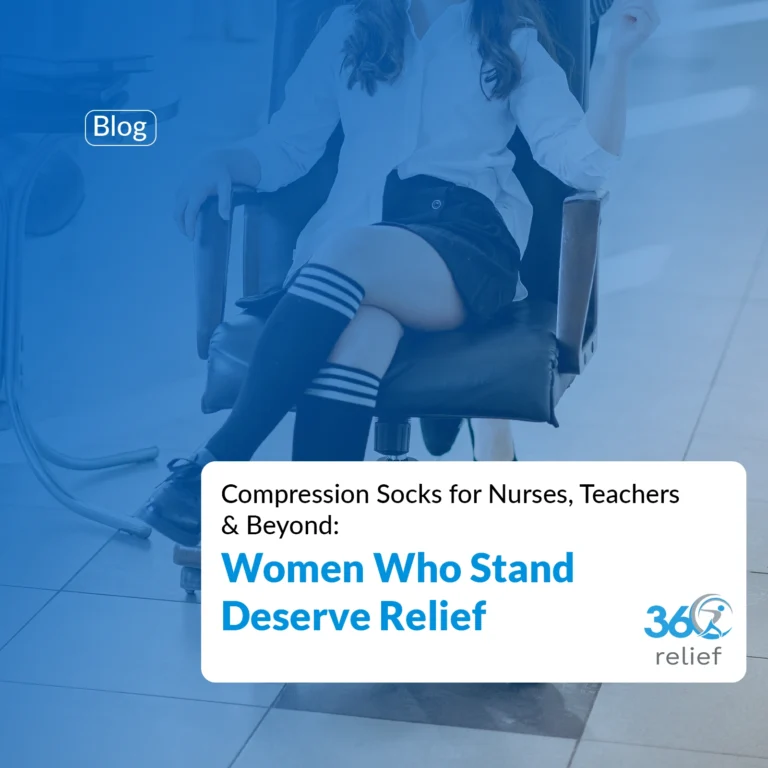
Compression Socks for Nurses, Teachers & Beyond: Women Who Stand Deserve Relief
Introduction Long days on your feet can be exhausting. Whether you are caring for patients, teaching in a classroom, welcoming
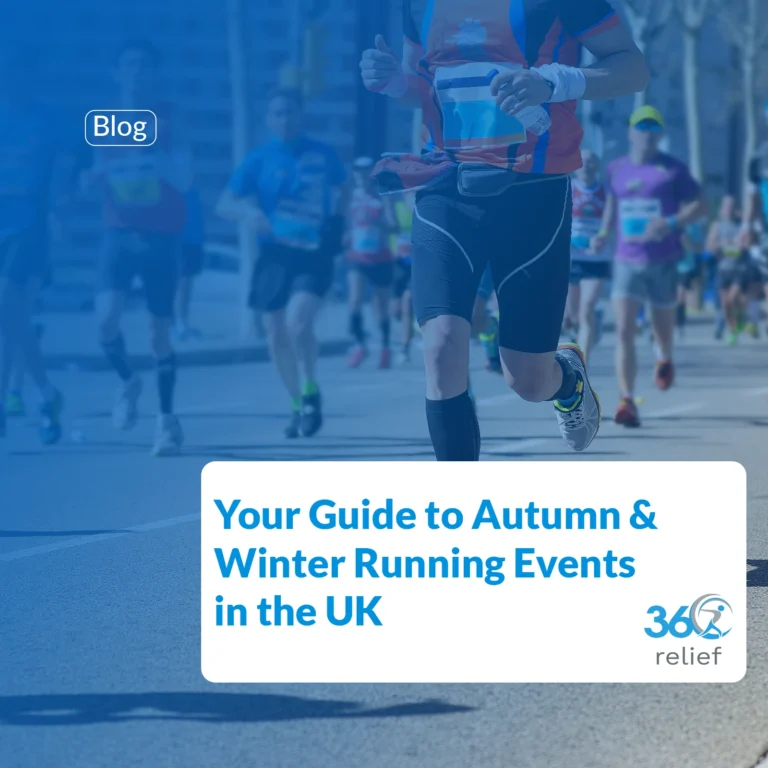
Your Guide to Autumn & Winter Running Events in the UK
As the leaves turn golden and the evenings draw in, the running community across the UK doesn’t slow down. If
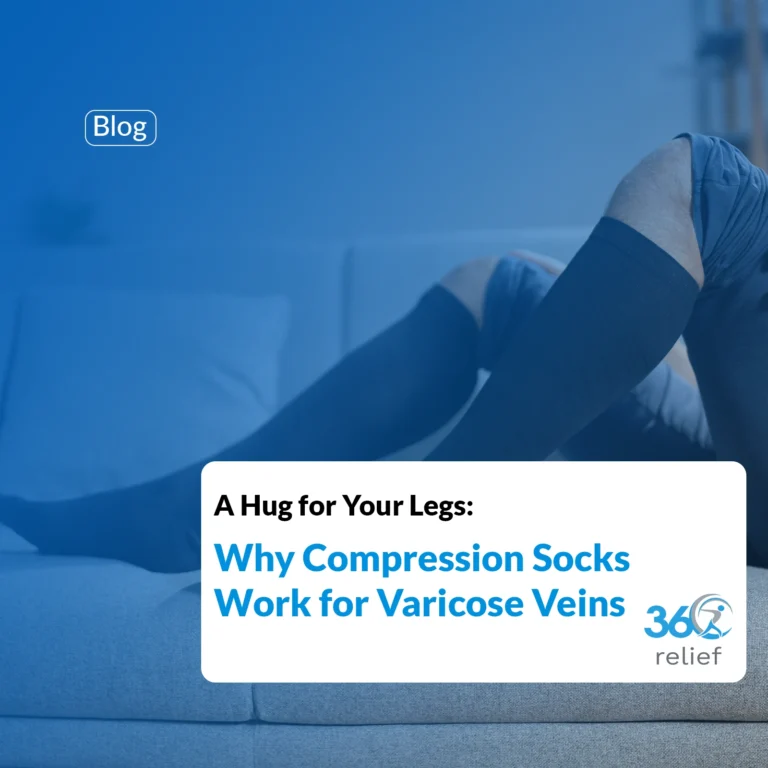
A Hug for Your Legs: Why Compression Socks Work for Varicose Veins
Varicose veins are more than just a cosmetic concern. For many people, they bring discomfort, swelling, and a heavy feeling

Sprained Wrist: Causes, Symptoms, Treatments, and Recovery
A wrist sprain(s) occurs when a ligament in the wrist is partially injured. Ligaments are the dense connective tissues that

2025 Unibet British Open Snooker: Play Longer, Stay Stronger with the Right Support
The 2025 Unibet British Open Snooker is just around the corner, and excitement is building as fans prepare to watch

Ride Longer, Recover Faster: Why Every Cyclist Needs Compression Socks
Cycling is one of the most rewarding sports for both fitness and leisure, but it also places high demands on

Stay Injury-Free During the 2025 Tour of Britain: The Best Protective Supports for Cyclists
Cycling fans across the UK are gearing up for one of the most exciting events on the sporting calendar –

Train Hard, Recover Smarter: Why Supportive Products Are Key for 2025 World Boxing Championships Success
The World Boxing Championships 2025 are just around the corner, with Liverpool preparing to host some of the finest athletes

Top Benefits of Using a Sleep Eye Mask for Deeper, Healthier Rest
Getting enough sleep is one of the most important foundations of good health, yet many people in the UK struggle
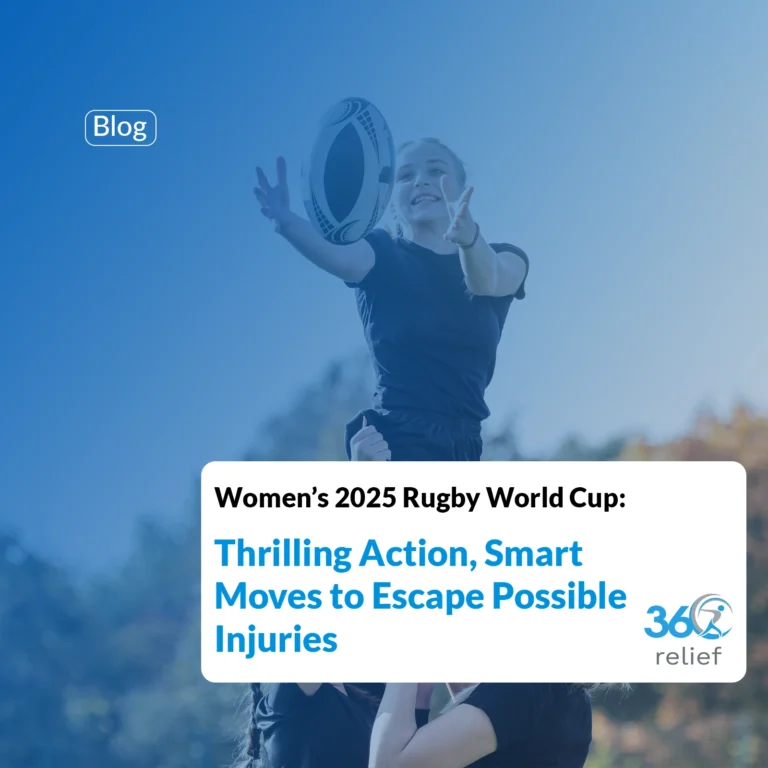
Women’s 2025 Rugby World Cup: Thrilling Action, Smart Moves to Escape Possible Injuries
1. Introduction – Rugby’s Biggest Stage Returns to England From August to September 2025, England will host the most exciting
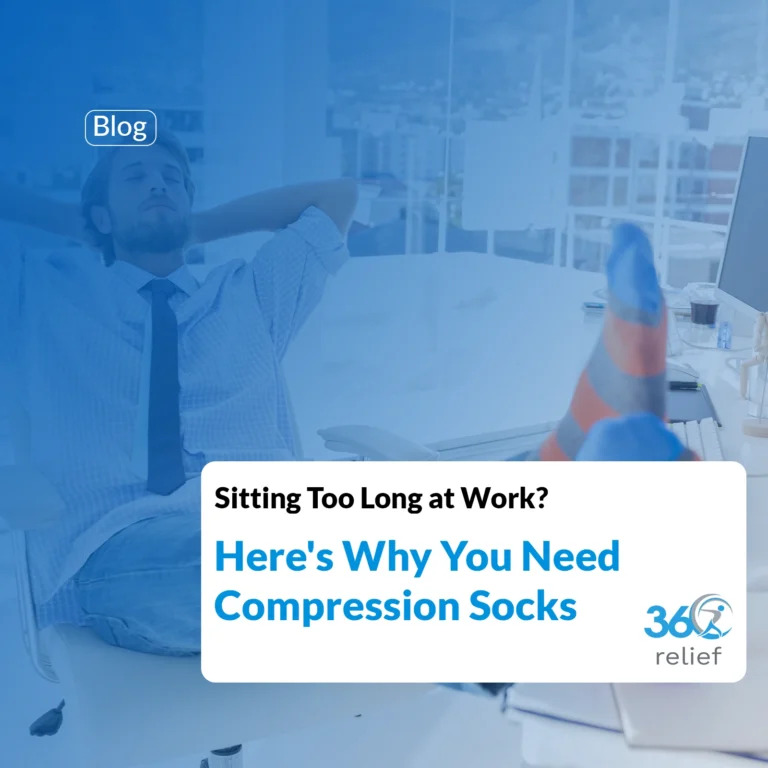
Sitting Too Long at Work? Here’s Why You Need Compression Socks
Modern workplaces often involve long hours at a desk, whether in an office or working from home. While sitting may
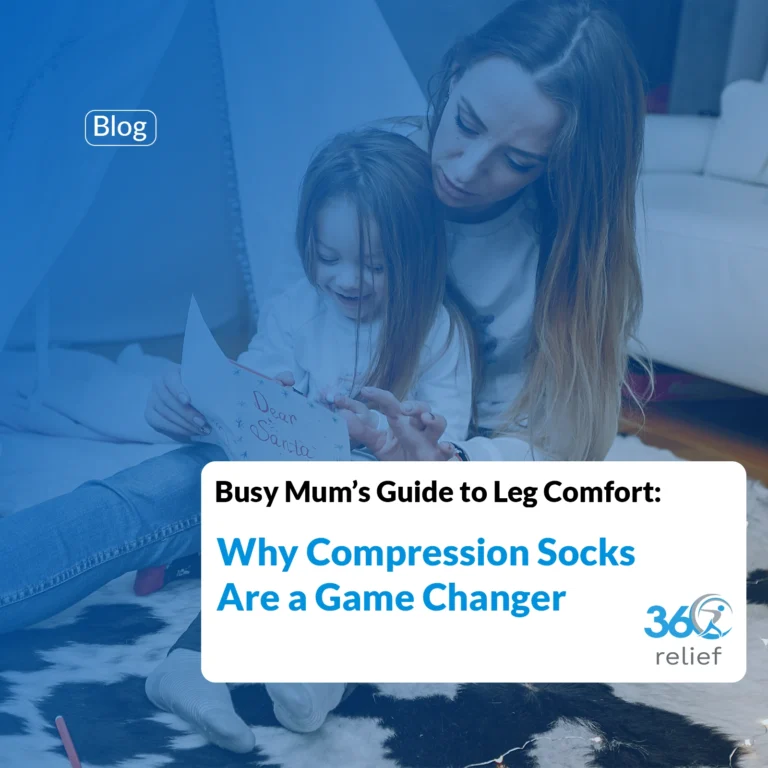
Busy Mum’s Guide to Leg Comfort: Why Compression Socks Are a Game Changer
Mums are the true multitaskers of everyday life. From school runs to supermarket trips, from cleaning to working on your

